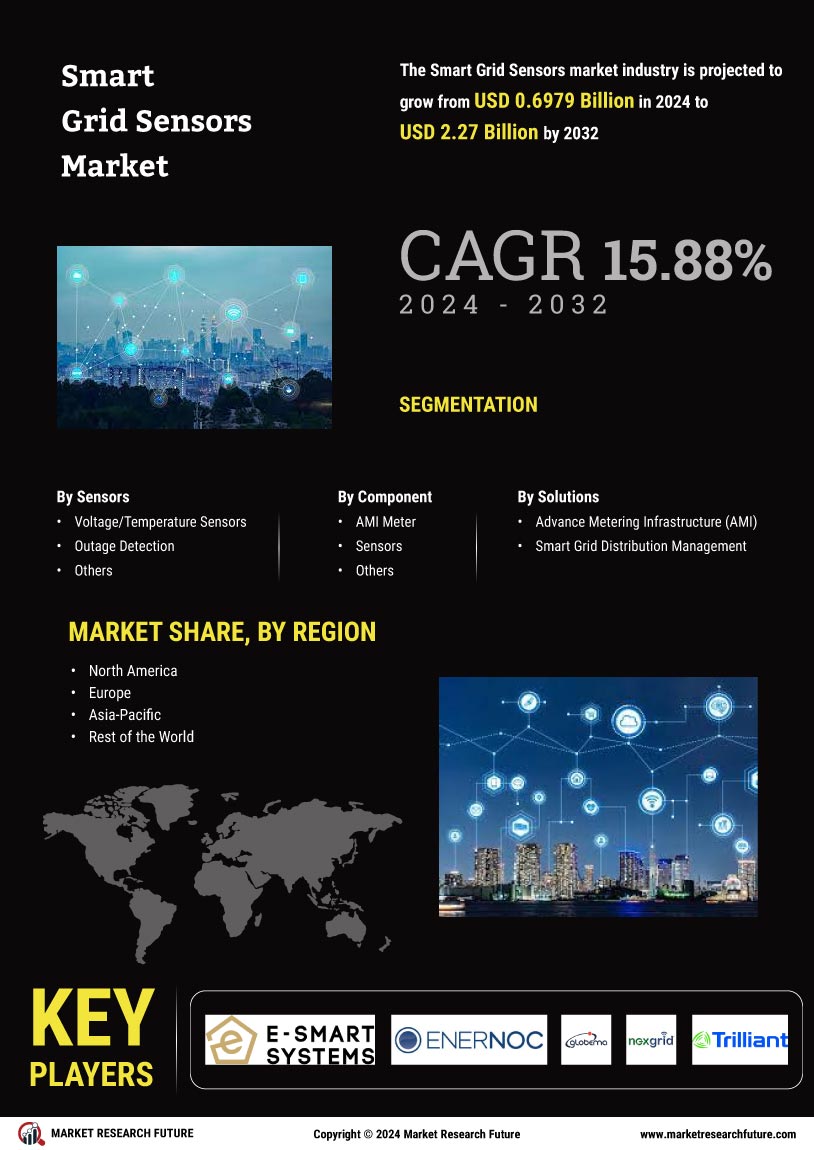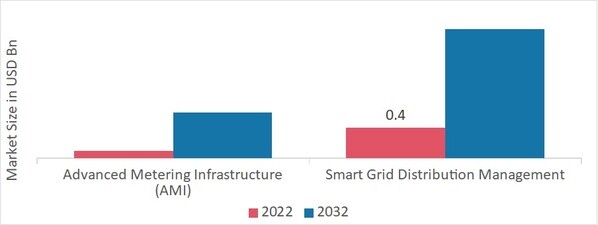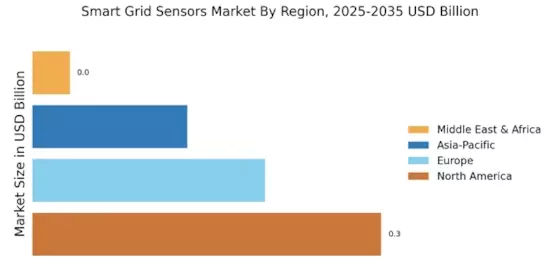Leading market players are investing heavily in research and development to expand their product lines, which will help the smart grid sensors market grow even more. There are some strategies for action that market participants are implementing to increase their presence around the world's global footprint, with important market developments including new product launches, contractual agreements and acquisitions, higher investments, and collaboration with other organizations. To expand and survive in a more competitive and rising market climate, the smart grid sensors industry must offer cost-effective items.
Manufacturing locally to minimize operational costs is one of the key business tactics manufacturer use in the global smart grid sensors industry to benefit clients and increase the market sector. In recent years, the smart grid sensors industry has offered some of the most significant technological advancements. Major players in the smart grid sensors market, including E-Smart Systems Pvt. Ltd (India), EnerNOC Inc. (US), Globema (Poland), NexGrid LLC (US), Trilliant Holdings Inc. (US), Kamstrup A/S (Denmark), Wipro Ltd. (India), Open Systems International Inc. (Minnesota US), Esyasoft Technologies Pvt.
Ltd. (India), S&C Electric Company (Illinois US), Aclara Technologies LLC (US), Tech Mahindra Ltd. (India), Landis+Gyr (Switzerland), Itron Inc. (US), Schneider Electric SA (France), Siemens AG (Germany), Cisco Systems Inc. (US), Oracle Corporation (US), ABB Ltd. (Switzerland), General Electric Company (US), and others are attempting to grow market demand by investing in research and development operations.
Enel X North America offers innovative value-added services and solutions that help businesses and communities produce, store, utilize, and manage energy more effectively, sustainably, and strategically. Enel X North America blends the entrepreneurial spirit of a startup with the infrastructure and knowledge of a worldwide innovator. We create opportunities by facilitating energy transition. We support lowering global emissions and assisting businesses in navigating the intricate energy market. We want to build a society where communities and businesses have the freedom to develop and prosper in a sustainable, circular energy economy.
In March 2022, The Enel Group's advanced energy services division, Enel X, and Global Partners LP, one of the biggest independent owners, suppliers, and operators of petrol stations and convenience stores in the Northeast, announced that Allentown Fresh in Ayer will now handle a nearby power outage better thanks to a cutting-edge microgrid.
S&C Electric Company is a top provider of electric power system switching, protection, and control solutions. S&C, a Chicago-based corporation, is addressing problems affecting the world's power networks and enhancing electricity supply and dependability globally by drawing on its legacy of invention. S&C's goal is to consistently develop new power distribution solutions to enable the improved efficiency and reliability required for the energy transition. The Chicago-based business was established in 1911, creating switching and safety equipment for the transmission and distribution of electric power.
In March 2023, S&C Electric Company, a pioneer in intelligent and resilient electrical grid solutions, announced the addition of a 275,000-square-foot facility in Palatine, Illinois, about 25 miles from its headquarters and manufacturing campus in Rogers Park, which is located on a 47-acre site in Chicago. The company is the second-largest manufacturer in Chicago, with over 2,000 team members working there out of its 3,500 team members worldwide.


















Leave a Comment